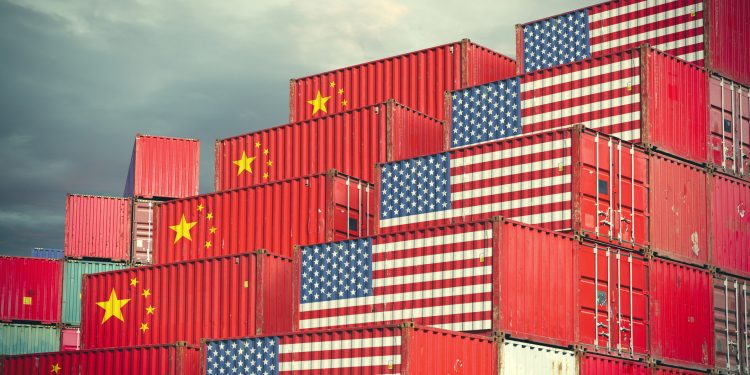
Global supply chains are only as strong as their weakest links, and current trade tensions are shining a spotlight on operational and financial supply chain risks.
Ratings agency Fitch has already cut its growth forecasts due to the knock-on effect of tariffs across the global economy, while the US-China trade war enters a new phase this week: an additional $250bn of Chinese imports are now subject to US tariffs, while China is threatening to respond with duties on $60bn of US exports to China. Previous tariffs are having an effect: Maine fisherman are throwing live lobsters back into the ocean (Chinese tariffs make Canadian lobsters much cheaper). US tariffs are likely to push up Hurricane Florence rebuild costs, encouraging some construction firms to switch to US-sourced building materials.
The Brexit negotiations are also having an impact: the UK government has advised drug companies to stockpile medicines due to the risk of a no-deal Brexit; the pharmaceutical supply chain involves multiple journeys between the UK and the EU during the manufacturing process. And BMW have provisional plans for maintenance shutdowns next year to coincide with the Brexit deadline – again to avoid supply chain issues.
In a recent whitepaper, Credit Benchmark shows how bank-sourced data can be used to analyse differences in supply chain credit risks for a sample of 17 global OEMs. The report also provides details on the geographic and industry distribution of their extensive list of suppliers.
Some of the results are surprising – the US and the UK are both critical to the current global supply chain for these 17 companies; and some little-known companies are actually important suppliers to many of these global OEMs.
Download the paper using the below link, and to contact us for more information, email us at [email protected]